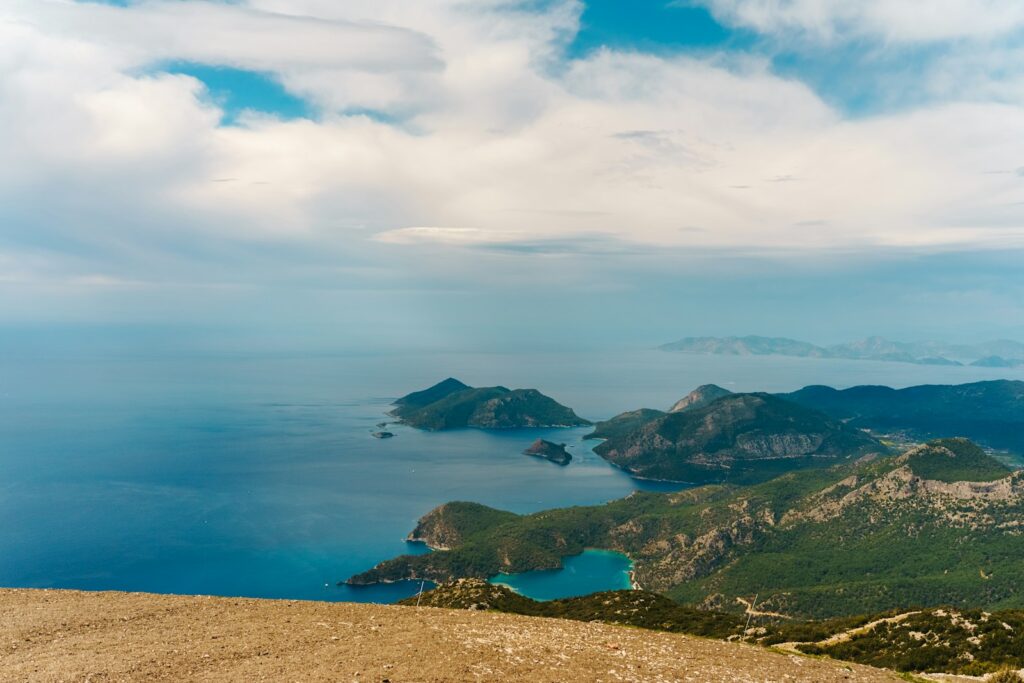
Travellers around the world enjoy discovering hidden gems, seeking out those unique and often overlooked places that tell a story beyond the usual tourist trail. Yet, imagine a world where some of these destinations, steeped in history, mystery, or even peril, remain resolutely off-limits. It’s a fascinating paradox in an age of unprecedented global exploration and digital connectivity, where every corner of the Earth seems just a click away.
But a select few locales stubbornly resist intrusion. For a multitude of reasons—be it the fragile preservation of ancient art, the safeguarding of unimaginable wealth, the chilling echoes of a dark past, or the impenetrable shroud of national security—these places are simply not to be discovered by the casual wanderer. They are protected by nature’s fury, human design, or a complex web of regulations that turn curiosity into an unfulfilled yearning.
Prepare to embark on a captivating journey into the heart of the forbidden, where the allure of the unknown is almost as powerful as the desire to unearth its secrets. We’ll explore seven of these intriguing places, each a testament to the planet’s enduring mysteries and the boundaries that still exist in our seemingly boundless world.
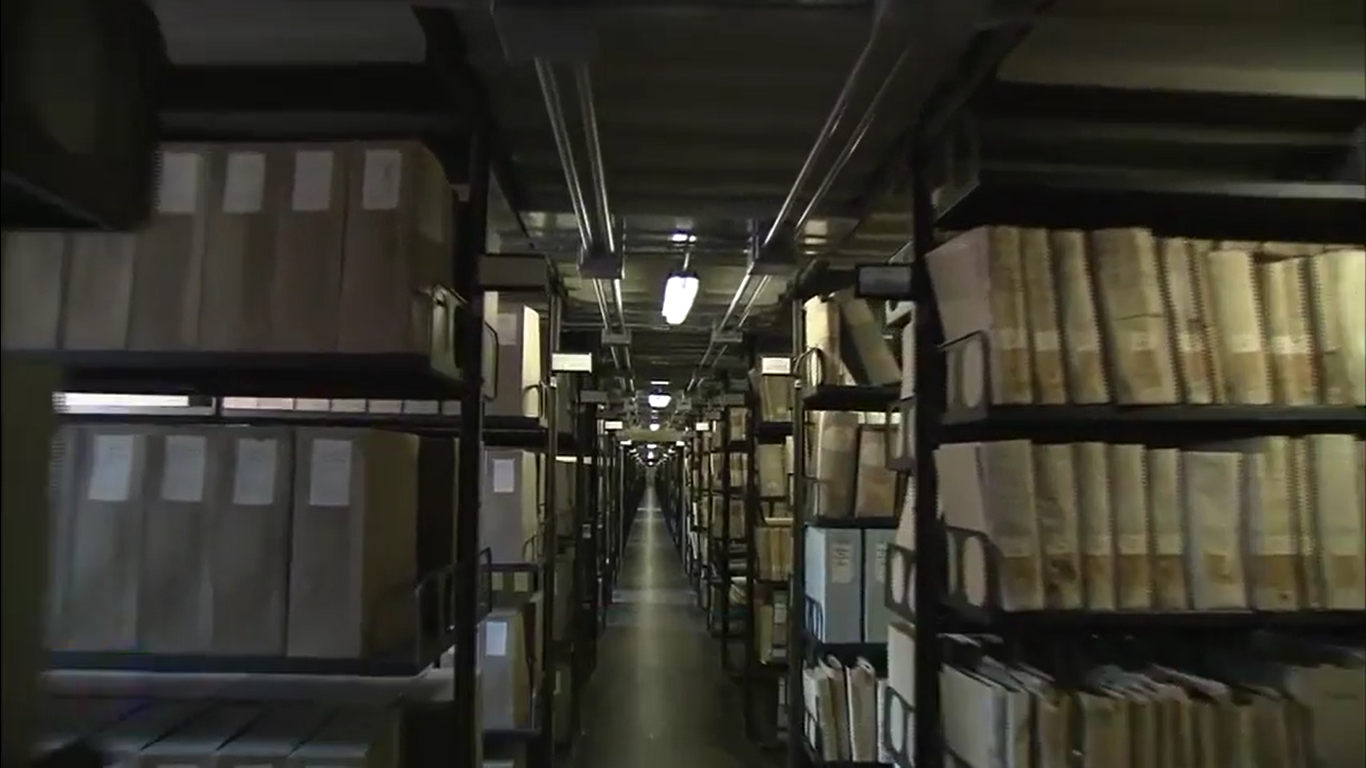
1. **Vatican Secret Archives, Vatican City**: The very name, ‘Vatican Secret Archives,’ conjures images of ancient scrolls, hidden truths, and perhaps even suppressed histories locked away in forgotten chambers. Yet, the initial impression held by the public is not entirely accurate. The true, original name for these vast, dungeon-like repositories is, in fact, Archivum Secretum Apostolicum Vaticanum.
Literally translated, this means ‘Apostolic Vatican Secluded Archive,‘ implying the documents held within are ‘personal’ or ‘private’ to the Holy See, rather than being cloaked in outright secrecy. This nuanced distinction, however, does little to diminish the intense fascination surrounding the collection. Within these subterranean depths lie 85 kilometers (53 miles) of shelves, each one groaning under the weight of historically important papers, letters, and records spanning centuries of papal decrees, diplomatic correspondence, and ecclesiastical matters.
Access to this unparalleled collection is granted, but only to a special few. Highly qualified researchers are occasionally allowed entry, yet even then, their access comes with strict limitations and rigorous vetting processes. It is not a place for casual browsing, but rather a solemn institution where scholarly pursuit meets stringent protocols, a testament to the sensitive nature of its contents.
Perhaps the most persistent and unsettling rumors surrounding the Vatican Archives pertain to their potential to rewrite or at least significantly alter our understanding of pivotal historical events. It is firmly believed by some that documents within these archives could prove the Church’s involvement in Mussolini’s atrocities during World War II, and, even more controversially, hint at a role, however indirect, in Hitler’s anti-Semitic cleansing. This belief is fueled by the seemingly certain reality that the Church did not actively help fleeing or persecuted Jews on a large scale, though a small number of courageous priests did offer secret assistance. Such speculation only deepens the archive’s mystique, especially when one considers that it was Mussolini, then the head of the Italian government, who signed the Lateran Treaty allowing the Vatican to exist as a sovereign state and providing it with a substantial $92 million (more than $1 billion in today’s money) in seed money.
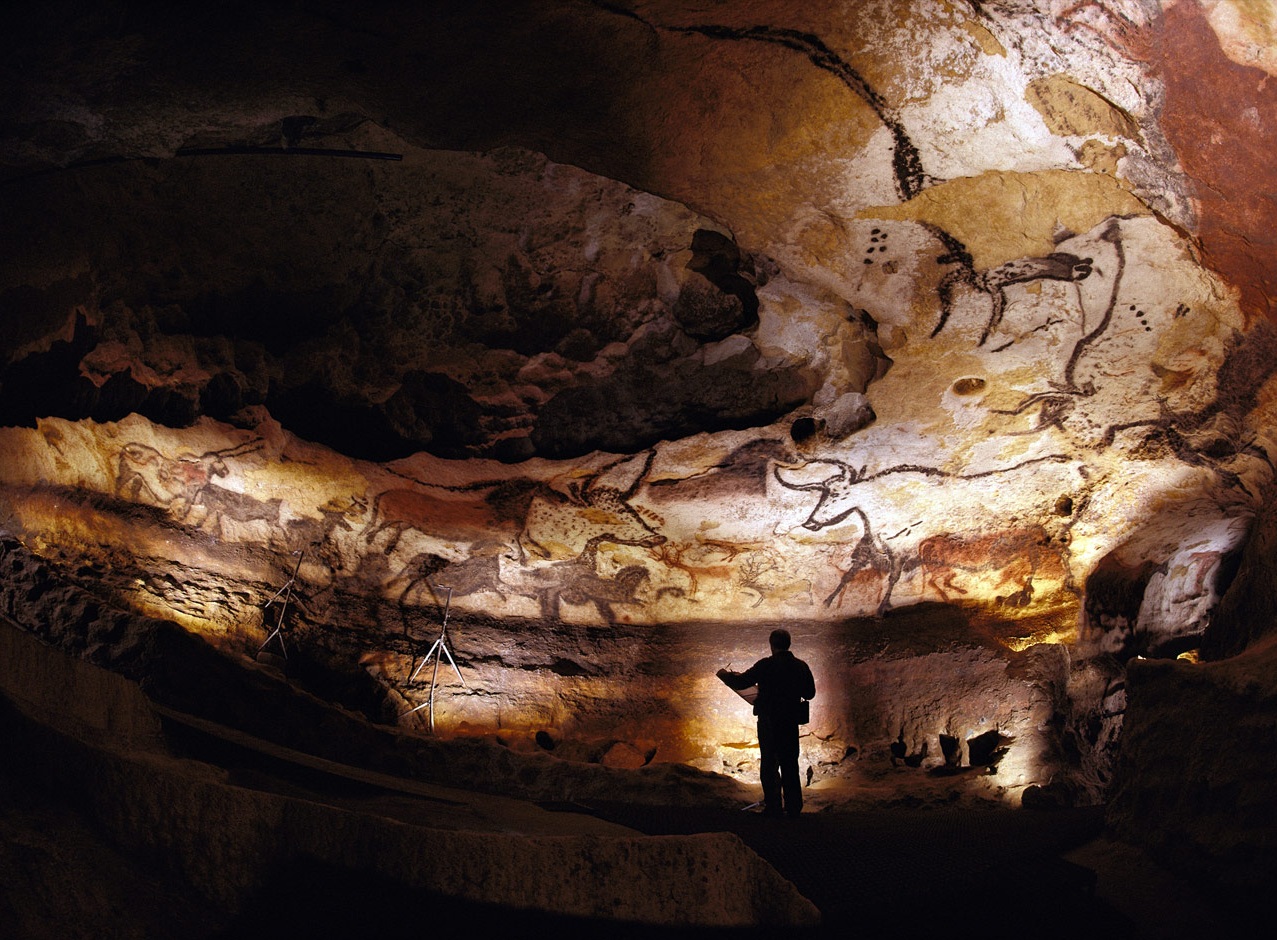
2. **Lascaux Caves, France**: When one envisions UNESCO World Heritage Sites, the immediate assumption is often that these spectacular and unique places are open for public admiration. However, in the case of the Lascaux Caves in France, this assumption is unfortunately incorrect. These extraordinary ancient caves house an astonishing series of striking Paleolithic paintings, masterpieces believed to be an incredible 17,300 to 20,000 years old, offering an unparalleled glimpse into the artistic and spiritual lives of our prehistoric ancestors. The series of Paleolithic paintings, which looks hauntingly vivid, hugs the wall and depicts animals like cattle, stags, bison, and many more, with the most incredible of all found in the Hall of the Bulls.
However, the very breath of human presence proved to be the undoing of this precious record of human life. In the 1960s, an insidious threat emerged as fungi and black mold began attacking these delicate prehistoric artworks. Recognizing the severe danger posed to both the irreplaceable paintings and, indeed, to human health, the caves were swiftly closed to the public. This drastic measure was deemed essential, not only to protect the fragile artworks from further deterioration caused by human presence but also because these fungi can be harmful to visitors.
Despite the closure of the original caves, hope is not lost for those eager to witness this ancient marvel. Do not despair, as innovative solutions have made it possible for the public to experience the awe-inspiring beauty of Lascaux. Replica caves, meticulously recreated to capture the precise details and atmosphere of the originals, have been opened adjacent to the real ones. These replicas, along with a dedicated museum, allow visitors to marvel at the hauntingly vivid artistry of our ancestors without endangering the fragile originals, ensuring that this incredible piece of human heritage can still be appreciated, albeit from a careful distance.
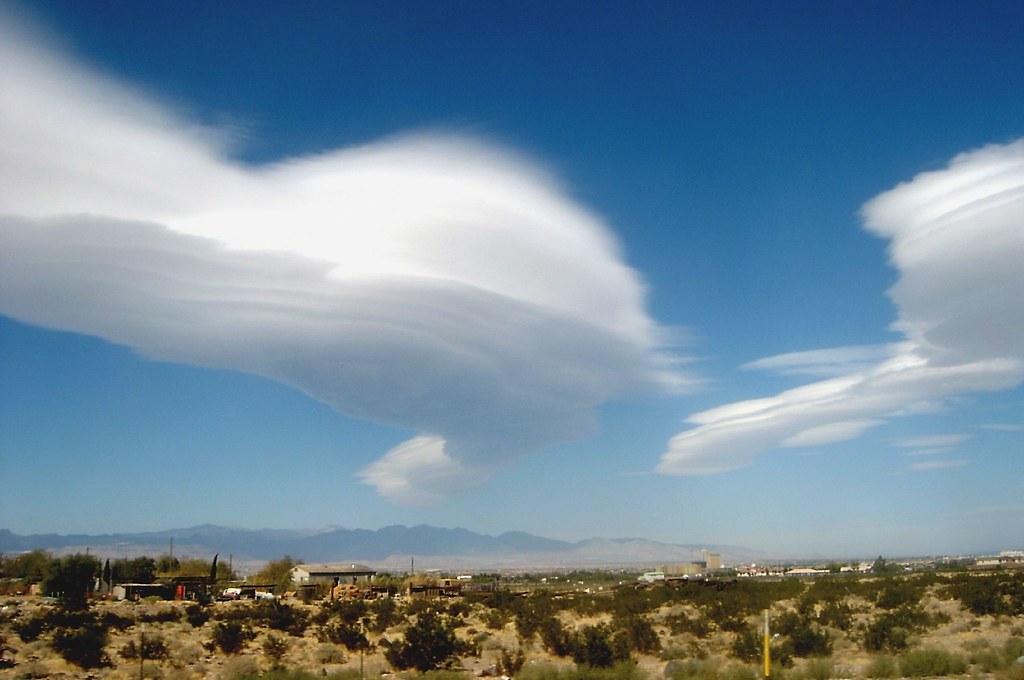
3. **Area 51, Nevada, United States**: For decades, Area 51 has been the absolute dream playground for conspiracy theorists, fueling relentless speculation and an endless stream of rumors that have captivated the public imagination. Nestled deep within the Nevada desert, this site is officially acknowledged as a top-secret military base, a place where critical testing is conducted. The enduring enigma, however, lies in the fact that ‘testing what’ has never been definitively revealed, leaving a vast void that has been eagerly filled by myriad theories, ranging from the plausible to the truly outlandish.
One of the most compelling reasons for the persistent gossip and relentless guessing games surrounding Area 51 is the exaggerated and frankly terrifying defensive measures implemented around its perimeter. These extensive protections, far beyond what might be considered standard for a conventional military facility, beg the question: are they truly just to keep people from witnessing what the military does within its confines, or are they designed to conceal something far more extraordinary, perhaps even the presence of extraterrestrial life and technology? This lingering uncertainty is a powerful driver of the public’s fascination.
Whatever the ultimate truth may be—and it remains stubbornly elusive—one piece of advice rings clear for anyone contemplating a visit: it is unequivocally better to avoid this place entirely. The land around Area 51 is reputedly protected by an array of formidable defenses, including land mines and armed guards who operate with what appears to be a chilling ‘shoot first and ask later’ principle. Such uncompromising security measures serve as a stark warning, effectively sealing off this enigmatic desert outpost from any unauthorized intrusion, and ensuring that its secrets remain fiercely guarded.

4. **Tomb of Qin Shi Huang, China**: Qin Shi Huang, the visionary who became the first emperor of China, left behind an unparalleled legacy, perhaps most famously his vast burial complex at Xi’an. As most people are now aware, he was interred with an entire army of thousands of near life-size Terracotta Warriors, each meticulously crafted to protect him in the afterlife. While visitors can indeed explore the impressive ranks of these warriors—a truly awe-inspiring sight and one of China’s most notable tourist attractions—the actual tomb of Qin Shi Huang himself remains sealed and inaccessible, an enduring mystery buried deep beneath a pyramid for more than 2,000 years.
The decision to leave the emperor’s tomb untouched is shrouded in both historical lore and modern considerations. It has not been opened yet, partly due to persistent rumors of severe booby traps designed to protect the emperor from invaders or tomb robbers, and also due to the high concentration of mercury detected within the tomb, which would be deadly to anyone entering without proper precautions. Furthermore, the Chinese government asserts that the decision is a deliberate act of preservation, aiming to protect their unparalleled cultural heritage, and a profound mark of respect to the emperor buried there, allowing him to lie in eternal peace. This approach ensures that the integrity of the site is maintained for future generations, whose technologies might allow for safer and more respectful exploration.
While the main burial chamber remains off-limits, the sprawling burial complex itself offers a fascinating journey. Visitors can traverse the many caverns that were meticulously filled with all the objects the ruler believed he would need to help him in the afterlife, from chariots to weapons, to the silent ranks of his terracotta army. However, despite the grandeur of what is visible, the true heart of this immense historical treasure—the emperor’s actual tomb and its countless, still-hidden secrets—continues to beckon from beyond an impenetrable veil, promising riches and knowledge yet to be unearthed.

5. **Snake Island, Brazil**: Off the sun-drenched coast of Brazil lies a small island whose true name is Ilha da Queimada Grande. However, it has earned a far more notorious moniker globally: Snake Island, a name that perfectly encapsulates its terrifying reality. The island is not just home to snakes; it is, quite literally, teeming with them, creating an ecosystem so densely populated with these reptiles that it poses an extreme and immediate danger to any who dare to set foot on its shores.
The grim statistics associated with this island are enough to deter even the most adventurous explorer: it is chillingly said that there is at least one deadly snake for every square meter of land. These aren’t just any snakes; they are the Golden Lancehead Vipers, a species with venom so potent and fast-acting that it can kill a human within an hour, famously described as melting human flesh. What makes this particular threat even more unique and terrifying is that this island is the *only* place on Earth where these highly venomous serpents can be found, making it a singular, deadly habitat.
While no one has truly dared to accurately count the exact number of these slithering inhabitants—and who can blame them, given the unparalleled danger?—Estimates suggest a staggering population of between 2,000 and 4,000 snakes on the relatively small landmass. The sheer, overwhelming danger posed by such a concentration of deadly predators has not gone unnoticed by the authorities. Recognizing the unparalleled risk to human life, the Brazilian government has taken the extreme and entirely necessary measure of making it unequivocally illegal for anyone to visit the island. This strict prohibition underscores Snake Island’s status as one of the most forbidden and perilous places on the planet.

6. **Fort Knox, Kentucky, USA**: Few places evoke such a strong sense of impregnable security as Fort Knox. Its reputation is so widely recognized and its protective measures so legendary that its name has seamlessly entered common parlance, used to describe any place or object that is exceptionally well-guarded: ‘it is as safe as Fort Knox’ is an expression heard frequently around the world. While many associate the name directly with its golden contents, its real designation is the ‘United States Bullion Depository.’ Fort Knox, strictly speaking, refers to a nearby army post, but the popular imagination has firmly conflated the gold depository with the iconic name.
Access to this formidable stronghold has been granted only on extremely rare occasions and to a select few individuals, usually those holding positions of immense authority and with a compelling, verifiable reason for their visit. For instance, President Franklin D. Roosevelt was among the privileged few to gain entry. This exclusivity only serves to heighten the mystique and reinforce the perception of Fort Knox as an almost mythical fortress, holding secrets and wealth beyond ordinary reach.
One of the most notable instances of external scrutiny occurred in 1974, amidst widespread public belief that gold had been illicitly removed from the depository. To quell these rumors and restore public trust, an unprecedented delegation was granted access: members of Congress, accompanied by a New York Times reporter, were permitted to enter. The reporter’s dispatch from inside offers a rare and vivid glimpse into the vault’s immense wealth: “Stacked from the floor 8 feet to the ceiling in a vault 6 feet wide and 12 feet deep were 36,236 bars, glistening in the half‐light. The effect of standing in the presence of about $1,775,688,776.85 worth of gold in one room was awesome.” This account underscores not just the sheer volume of gold, but also the palpable sense of awe and invincibility that the depository inspires, making it a symbol of ultimate security, completely out of reach for the general public.
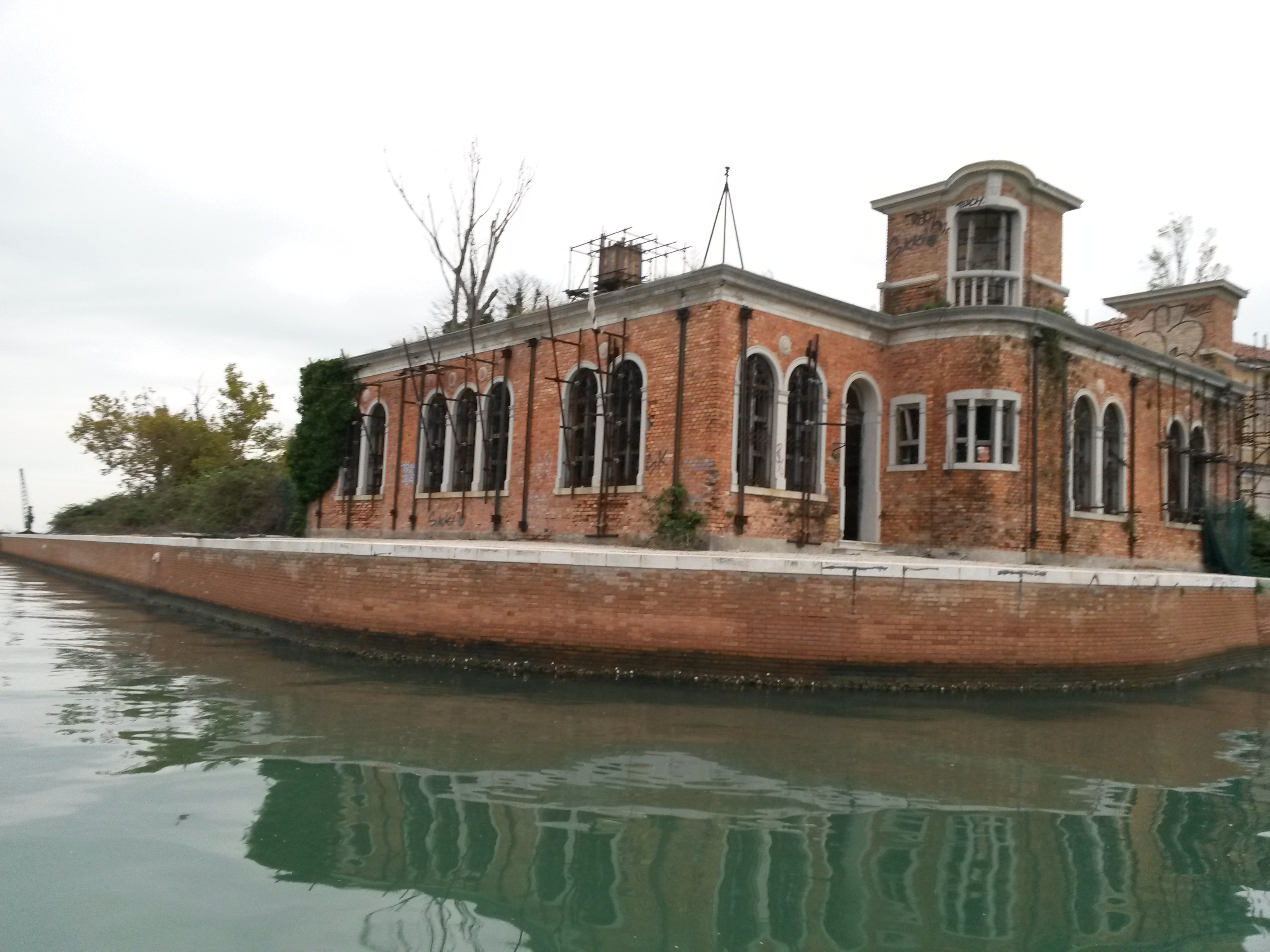
7. **Poveglia, Italy**: Just a short distance from the romantic and magical city of Venice lies a small island named Poveglia. This unassuming patch of land stands in stark, chilling contrast to the romance and pervasive sense of love typically associated with its famous neighbor. Indeed, Poveglia has even earned the grim moniker of ‘the evilest place on Earth’ by some, a designation that, while potentially an exaggeration, certainly reflects the island’s undeniably dark history, filled with very bad memories and deeds that haunt its desolate shores.
Centuries ago, during the devastating outbreaks of the bubonic plague, the Romans conceived of a horrific solution: to remove the sick from society and abandon them to their fate. Poveglia was chosen as the desolate destination for this grim purpose, with infected individuals being shipped to the small island and left there with no means of escape. This brutal method was considered such a ‘successful’ way to manage ‘problem’ citizens that when another epidemic swept through, countless more sick people were dispatched to Poveglia, many tragically buried alive in its mass graves, contributing to the island’s already horrifying legacy. Estimates suggest that more than 160,000 people perished here, and reports chillingly claim that half of the ‘soil’ on the island is, in fact, human remains.
As if its past wasn’t macabre enough, the island later served as the site of a mental hospital in the early 20th century, where a crazed doctor reportedly subjected its unfortunate patients to mad and cruel experiments. The stories of suffering and injustice continued to pile up, cementing Poveglia’s reputation as a place of immense torment. To prevent further bad press and deter morbid tourism, the Italian tourism board took decisive action, closing the island to all visitors. Today, Poveglia remains strictly off-limits, its eerie silence preserved by a haunting past, making it one of the most forbidden places in the world, shrouded in the somber echoes of its many tragic histories.” , “_words_section1”: “1940

8. **Coca-Cola Vault, Atlanta, United States**: The seemingly innocuous world of fizzy drinks might not immediately conjure images of high-security vaults and clandestine operations, yet the Coca-Cola Company has gone to extraordinary lengths to protect the iconic formula of its globally best-selling beverage. It’s a testament to the immense value placed on this liquid secret that its safeguarding measures make Fort Knox look, dare we say, a little less intimidating. This intense level of protection underscores not just a business strategy, but a deep-seated commitment to preserving a legacy.
The company asserts that only two employees at any given time are privy to the complete formula, and in a striking display of caution, these two individuals are forbidden from traveling together. Should one pass away, the survivor is tasked with selecting a replacement from within the company and transmitting the closely guarded recipe. To further shield this valuable secret, even the identities of these two custodians are kept under wraps, a measure designed to prevent any attempts at kidnapping, torture, or any other means of extracting the formula.
Beyond the human element, a physical copy of the recipe exists as a fail-safe, securely housed within a massive metal box. This box, in turn, is nestled inside a six-and-a-half-foot-high vault, itself protected by an additional barrier and armed guards. Access to this multi-layered sanctuary is controlled by a keypad and hand scanner, creating an impenetrable fortress around what is essentially a list of ingredients. While the secret formula itself remains tantalizingly out of sight, visitors to the Coca-Cola World can still explore the vault’s exterior and delve into other fascinating aspects of the company’s rich history.

9. **Niihau, Hawaii**: In an archipelago renowned for its welcoming ‘aloha’ spirit and open invitations to explore, Niihau stands as a stark exception. Often dubbed “The Forbidden Island,” this 70-square-mile expanse remains privately owned and resolutely inaccessible to outsiders, a vague outline on the horizon for those sailing by. Its seclusion is so profound that even spotting it requires the sun to be in just the right position, adding to its mysterious aura and setting it apart from its more tourist-friendly Hawaiian neighbors.
The island’s unique status dates back to the 1860s when it was acquired by Elizabeth Sinclair, a Scottish plantation owner. Today, Niihau continues to be inhabited by her descendants, a small community of only 170 individuals who live a life largely untouched by modern conveniences. Alcohol and guns are strictly prohibited on the island, and church attendance on Sundays is not merely encouraged, but obligatory, with the severe penalty of permanent expulsion for non-compliance. This strict adherence to tradition highlights the islanders’ dedication to their distinct way of life.
The island’s isolation was further cemented during outbreaks of measles and polio in Hawaii, when strict prohibitions on leaving or entering Niihau were enforced to prevent the spread of disease. While residents today are free to come and go, the core principle of exclusivity persists; strangers are rarely, if ever, granted permission to visit, a rule that applies even to famous personalities. This commitment to preserving its environment, culture, and unique community makes Niihau a true enigma, a living museum of a bygone era.

10. **The Queen’s Bedchamber, England**: Buckingham Palace, the majestic London residence of the British monarchy since 1837, has been a global tourist magnet since opening its doors to public tours in 1993. Visitors flock from all corners of the world to marvel at its grandeur, exploring numerous opulent staterooms like the Throne Room, the magnificent Ballroom, the extensive Picture Gallery, and the truly grand Grand Staircase. These spaces offer a fascinating glimpse into the ceremonial and historical heart of the British Crown, allowing millions to walk in the footsteps of royalty.
However, amidst the accessible splendor, one area remains unequivocally off-limits: The Queen’s Bedchamber. This strict prohibition is, quite understandably, a matter of fundamental privacy. While the public can experience the historical and official facets of the palace, the Queen’s personal sleeping quarters are a sanctuary of privacy, a space where hundreds or thousands of strangers are certainly not welcome to wander, peer into, or touch personal belongings. It’s a boundary that maintains the essential dignity and personal space of the monarch.
The distinction between public and private spaces within such an iconic residence is a fascinating aspect of modern monarchy. While tours are offered annually between April and September, providing ample opportunity to appreciate the palace’s public-facing magnificence, the inviolability of the monarch’s private chambers underscores a universal need for personal sanctuary, even for those living under the most intense public scrutiny. It’s a reminder that even in the most grand and historic settings, certain boundaries are sacrosanct.

11. **Pluto’s Gate, Turkey**: The recently unearthed archaeological site in Turkey, dubbed Pluto’s Gate after its discovery in 2013, presents a chilling testament to ancient beliefs and natural hazards. This site eerily mirrors ancient descriptions of a temple dedicated to the underworld, strongly suggesting it was the very inspiration for such dark legends. Its grim reputation stems not from human design, but from a deadly natural phenomenon: the emission of toxic gases, primarily carbon dioxide, at levels high enough to be lethal to living beings, including humans.
Ancient accounts, such as that by the Greek geographer Strabo (64/63 BC to 24 AD), vividly describe the perils of Pluto’s Gate. Strabo famously wrote, “This space is full of a vapour so misty and dense that one can scarcely see the ground. Any animal that passes inside meets instant death. I threw in sparrows and they immediately breathed their last and fell.” Such observations likely fueled the perception of the site as a direct portal to the realm of the dead, reinforcing the power of the priests who seemingly defied its deadly aura.
These ancient priests, believed to be constantly exposed to and thus immunized by the fumes, could stand near the entrance while others perished around them. This apparent immunity granted them immense power and authority over the populace, who viewed them as protected by the gods themselves. Today, the reasons for its forbidden status are starkly clear: the immediate danger posed by its naturally occurring high CO2 levels, even if the sun helps disperse some gas during the hottest hours. No wonder, it is strictly off-limits to visitors, a deadly natural wonder guarding its ancient secrets.

12. **Svalbard Global Seed Vault, Norway**: In the desolate, icy expanse of the remote island of Spitsbergen in Norway, a curious structure often referred to as “the Doomsday Vault” stands as a beacon of hope for global agricultural resilience. This subterranean facility, built an impressive 400 feet into a mountainside, is precisely what its name suggests: a massive storage vault for seeds. Housing approximately 840,000 examples across 4,000 different types of seeds sourced from every corner of the world, its purpose is unequivocally clear—to safeguard these vital genetic resources in the catastrophic event of a global or nuclear disaster, ensuring the possibility of replanting and agricultural recovery.
However, the very premise of such a vault raises intriguing questions that spark a sense of wonder and perhaps a touch of existential contemplation. In the aftermath of a disaster so profound it would necessitate the use of these seeds, one must ponder: where would they be planted if the soil itself were contaminated? Who would remain to undertake the monumental task of replanting? And how would these precious seeds be transported back to a ravaged mainland? These unresolved logistical questions add to the vault’s mysterious appeal, hinting at an almost unimaginable future for which humanity is attempting to prepare.
Perhaps even more curiously, the Svalbard Global Seed Vault transcends political divides. Even nations that typically shun ties with Western civilization, such as North Korea, have contributed to this global repository. This widespread participation underscores a universal understanding of the critical importance of seed preservation for the future of humanity, irrespective of geopolitical tensions. While tourists are generally prohibited from entry, the vault occasionally opens its doors to special guests on specific days, offering a rare glimpse into this extraordinary effort to secure the planet’s botanical heritage.

13. **Mezhgorye, Russia**: In the vast and often secretive landscapes of Russia lies the town of Mezhgorye, a name shrouded in mystery and speculation. What is definitively known is that this town, located in the Ural Mountains, is officially “closed,” meaning it is off-limits to outsiders. Despite its closed status, it is far from uninhabited; according to a 2010 census, it boasted a population of 17,353, though like much else about Mezhgorye, this figure remains unverified and adds to its enigmatic allure.
Everything concerning Mezhgorye is either unknown or strictly confidential, fostering an environment ripe for rumors and hearsay. While a welcoming sign may greet visitors, its message is misleading, as two battalions of guards are perpetually stationed to prevent any unauthorized entry. This heavy security reinforces the town’s true nature as a forbidden zone, accessible only to its residents, whose lives are similarly enshrouded in secrecy, leaving the curious public to piece together fragments of information.
The prevailing theories about Mezhgorye center on a massive underground facility, reportedly spanning more than 400 square miles, hidden deep within the Ural Mountains nearby. Some speculate it serves as a vast storage facility for national treasures and food supplies, alongside a nuclear bunker designed for important Russian officials. Others propose a more alarming function: a nuclear missile site equipped with remotely activated missiles ready to strike. The Kremlin’s official stance is that “the site is used for mining, an emergency bunker for Russian leaders and a vault for the nation’s treasures,” a statement that, while seemingly definitive, does little to quell the enduring speculation surrounding one of the world’s most guarded secrets. It seems unlikely the true nature of Mezhgorye will be revealed unless, chillingly, a nuclear strike brings its purpose into stark, devastating light.
These forbidden zones, from the natural wonders sealed off for ecological preservation to the impenetrable fortresses guarding national secrets, remind us that despite our technological advancements and insatiable curiosity, the world still holds mysteries that remain firmly beyond our grasp. They stand as monuments to history, nature’s power, human ambition, and sometimes, profound tragedy. While the allure of the taboo is undeniable, these places beckon us not with an invitation, but with a powerful declaration: some secrets are simply meant to remain unseen, preserved within their enigmatic boundaries for reasons we can only ponder.



